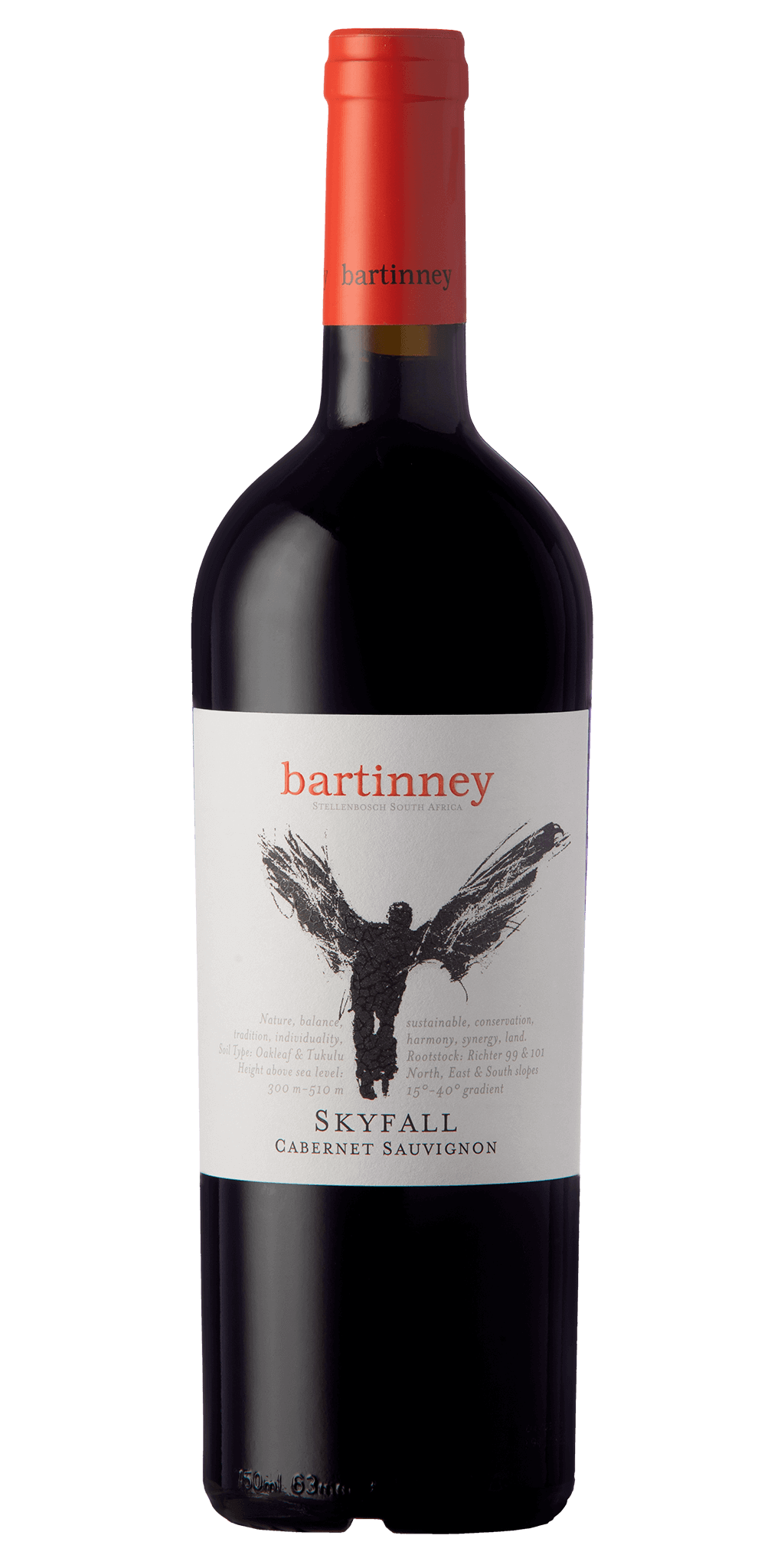Do you know how to Nose? The action of using one’s nose to smell aromas; as in “nosing wine”. Picture it, your eyes are closed, you’re swirling your wine glass, you bury your nose into it and breathe in deeply, hold your breath and visualize what you smell. Obviously you are going to say wine and grapes, yet I challenge you to use your imagination. Grapes themselves have flavors that might remind you of other fruits, tastes or smells. It’s the magic of fermentation that unlocks chemical compounds that are shared by other fruits and foods. Thus each aroma is a clue to the grape variety, complexity, style and character of a wine, that guides us to understand our own palate.

Get to know your palate by trying different wine varietals
Aroma profiling focuses on 3 main categories.
- Primary Aromas – derived from the grape itself and typically present as fruit, vegetal, herbal or floral characteristics.Think fruit. Citrus, berry, tropical…then break it down into segments. Lemon, orange, grapefruit. Is it the zest, juicy flesh, dried/ candied or marmalade perhaps, maybe the floral aspect of the blossom? Repeat this process with each aroma.
- Secondary Aromas – Here we are looking at fermentation and cellar handling. Various yeasts can impact on flavor, as can malo-lactic fermentation and the type of vessel used for maturation. The oaking regime opens up a whole new spectrum of aromas and depends on the size and age of barrels, the origin of the oak, toasting, time spent etc.
- Tertiary Aromas – derived from aging and exposure to oxygen. A hint of tobacco, maybe a touch of leather are examples of tertiary aromas and would be expected if you’d seen any evidence of age when assessing the color.

The more you practice nosing your wine, the easier you’ll be able to identify the aromas that come forth
Wine consists of esters, pyrazines, terpenes, thiols, lactones and other organic compounds. When we taste wine, these compounds are responsible for the flavors and aromas. There are other wine making decisions that influence flavor from when the grapes are picked to the active yeast strain in fermentation to blending and so on.
Soil and weather are the two most important factors to how a grape grows and thus influences the taste.Vineyards in proximity to other vegetation can yield wines with a hint of that aroma, due to flavonoids being transferred by air and landing on the grape skins. Smoke taint is relevant here too.
When identifying scents, it’s important to start with a broad overview and then narrow it down. You may have heard crazy things wine folk say; cat pee on a gooseberry bush, Granny’s handbag, even wet dog or sweaty saddle. Lemon marmalade on hot buttered toast, a chemical factory, a Mother’s Day bouquet. You see your imagination is a marvelous place, aromas conjure magic and trigger memories that all contribute to your emotion and eventual pleasure found in the glass.

Citrus aromas are often found in Chardonnay and Chenin Blanc varietals
Buy a mystery half case of wines to try and write down tasting notes to activate your senses. See what aromas you can find and build your memory bank of associated aromas and flavor. Once you have become an aroma expert, learn more about the color of wine here and find all your favorite wines to buy here.

Cheers to being your own wine specialist
Follow us as we educate you on how to become a wine connoisseur of note.




 +1 888 812 2543
+1 888 812 2543